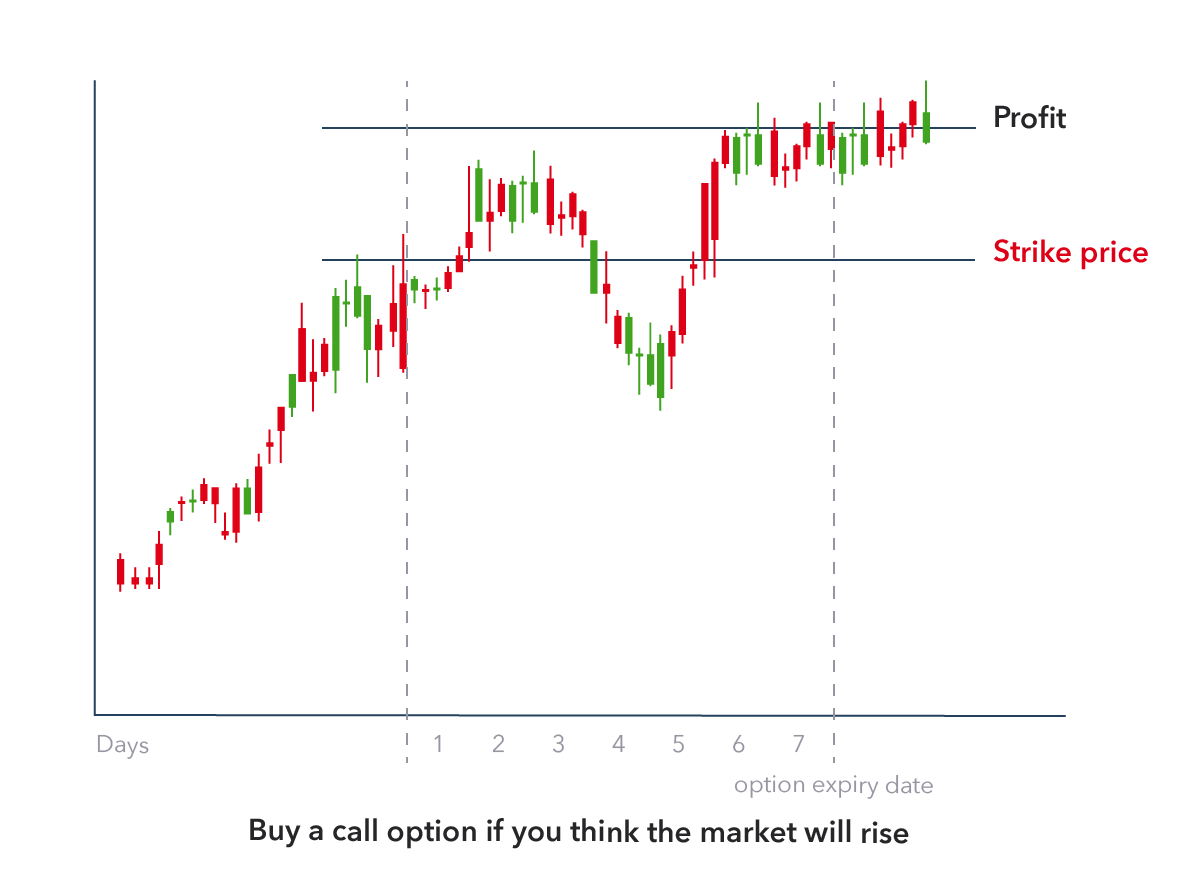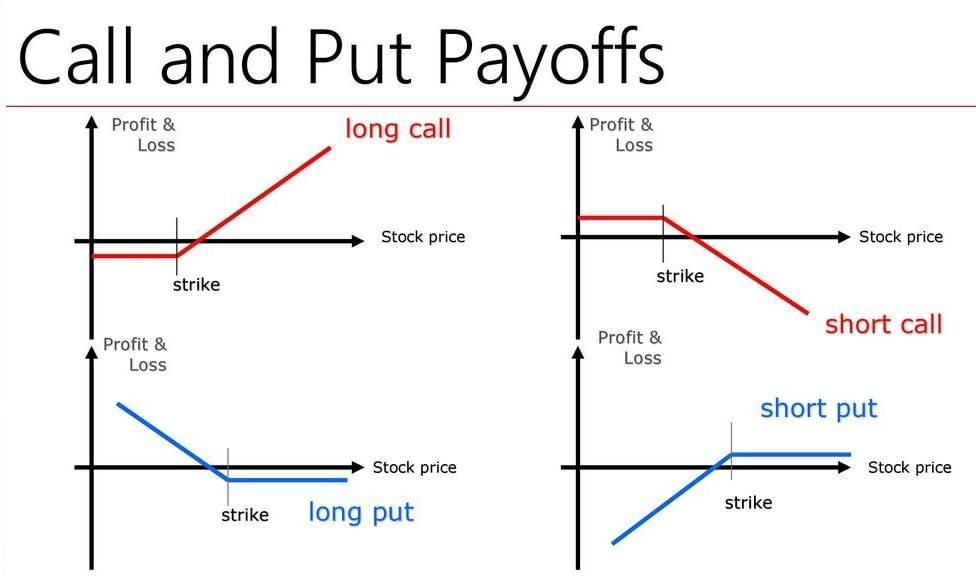In the intricate realm of trading, there lies a powerful tool that can amplify your profits and mitigate risks: the call option. Armed with the knowledge and strategies outlined in this article, you will gain a comprehensive understanding of this versatile instrument and unlock its potential to enhance your financial prowess.

Image: varelgroup.com
Call options, simply put, are contracts that grant you the right, but not the obligation, to purchase an underlying asset at a predetermined price (the strike price) on or before a specific date. This flexibility empowers traders to capitalize on favorable market conditions and potentially generate substantial returns.
Delving into the Mechanics of Call Options
Imagine a scenario where you anticipate a surge in the stock price of XYZ Corporation. By purchasing a call option, you acquire the right to buy 100 shares of XYZ at a specified strike price ($100), regardless of the market price prevailing on the expiration date. If the stock price rises above the strike price, you can exercise the option and purchase the shares at the predetermined price, pocketing the difference as profit.
On the flip side, if the stock price falls below the strike price, you can simply let the option expire worthless, limiting your loss to the premium you paid for the option. This inherent asymmetry offers traders a compelling risk-reward profile.
Understanding the Key Factors Influencing Call Option Value
The value of a call option is influenced by several key factors:
-
Stock Price: The underlying stock price is paramount in determining the option’s value. As the stock price rises, the option’s value increases.
-
Strike Price: The strike price establishes the threshold at which the option can be exercised. Options with lower strike prices are generally more valuable.
-
Time to Expiration: Options closer to their expiration date tend to be less valuable due to the diminishing time to potentially benefit from price movements.
-
Interest Rates: Low interest rates make it cheaper for investors to borrow money, which can increase demand for options, thus driving up prices.
-
Volatility: Market volatility, or price fluctuations, can significantly impact option values. Higher volatility generally leads to higher option premiums.
Mastering the Art of Call Option Trading
To become a proficient call option trader, consider these expert insights:
-
Conduct Thorough Research: Identify underlying assets with strong growth potential and study historical price patterns.
-
Set Realistic Expectations: Options are not foolproof investments. Manage your expectations and invest only what you can afford to lose.
-
Monitor Market Conditions: Stay abreast of economic news and events that may impact the underlying asset’s price.
-
Control Your Risk: Exercise prudent risk management by using stop-loss orders and position sizing techniques.

Image: libertex.com
Call Option In Trading
Embracing the Transformative Potential of Call Options
Call options present a multifaceted tool that can cater to diverse investment strategies. From amplifying returns on bullish bets to hedging against downside risks, options offer a versatile means to navigate market dynamics.
For those seeking to supplement their income or embrace a more active approach to trading, call options empower you to leverage price movements and potentially achieve your financial aspirations. However, it is essential to remember that options trading carries inherent risks and should be undertaken with appropriate research and risk management practices.
As you delve deeper into the captivating world of call options, you will equip yourself with an invaluable skillset that can enhance your trading prowess, bolster your portfolio, and provide a pathway to financial freedom. The power lies within your grasp. Seize the opportunity to master the art of call option trading and watch as your financial horizons expand.






